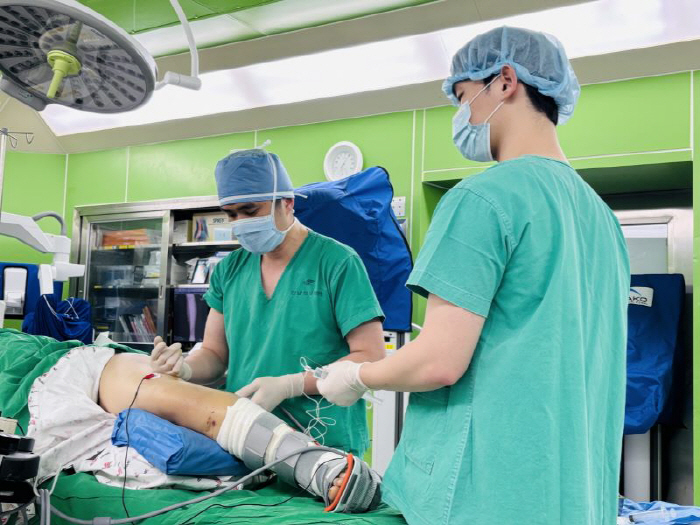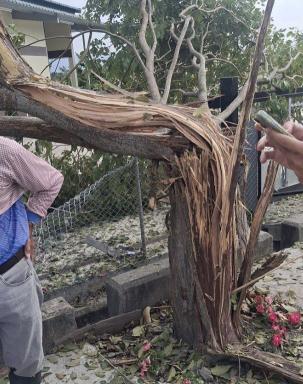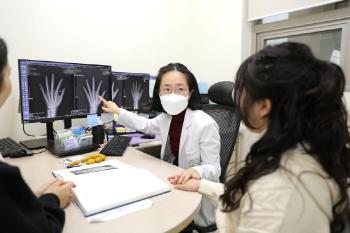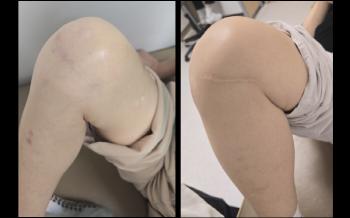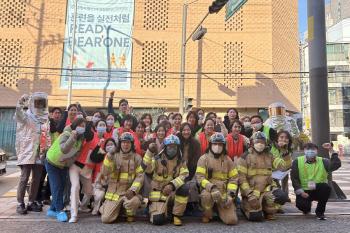Development of a new treatment for ankle intractable wounds...Promoting wound healing, lowering the risk of infection
The ankle area has fewer fat layers under the skin and is characterized by the anatomical characteristics that tendons and bones are easily exposed, so the wound does not heal well and spreads easily. In particular, if joint fluid or dry membrane lubricants continue to be discharged, the tissue cells needed for wound recovery were washed away, and the wound did not heal and there was a high risk of infection.
To overcome these limitations, a research team led by Professor Kim Hyung-nyeon of Hanlim University's Gangnam Sacred Heart Hospital succeeded in sealing the high-level wound by applying the 'continuous aspiration drainage tube' treatment to exudate wounds around the ankles.
The continuous aspiration drainage tube treatment developed by the research team is a wound treatment that discharges body fluids, synovial fluids, and pus by continuously applying negative pressure while maintaining the aspiration drainage tube (usually 9 to 16 days, average about 14 days) inserted into the wound area after surgery until the completion of the wound healing.
Professor Kim Hyung-nyeon's research team applied a new treatment to 20 orthopedic patients who had difficulty suturing due to delayed wound healing and continuous discharge of fluid after ankle fractures, Achilles tendon, mucosal cystitis, and artificial joint surgery for five years from 2015.
The research team noted that when synovial fluid is discharged through the wound, cells necessary for wound healing are lost, and suturing fails, which requires a flap transplant that separates skin and muscles from high-risk thighs or backs. However, limitations such as the burden of the transplant site, long recovery time, and cosmetic dissatisfaction were large. Therefore, it was hypothesized that long-term aspiration drainage for more than 48 hours after surgery could reduce fluid discharge, promote wound healing, and lower the need for reconstruction, and also verified whether long-term drainage does not increase the risk of infection.
As a result of the study, 95% (19 patients) of all patients completely healed the wound without skin transplantation covering the Achilles tendon with skin or muscles in other areas, and there was no infection.
In addition, during repeated sutures, ultrasound-guided peripheral nerve anesthesia was introduced instead of conventional general anesthesia or spinal anesthesia to reduce the patient burden. This anesthesia method is a method of local anesthesia by finding nerves in the knee area with ultrasound, and has the advantage of not requiring fasting and having excellent postoperative pain relief effects.
The study was recently published in the world-renowned journal Journal of Wound Care: JWC' under the title of 'Use of a long-term closed suction drain for a wound in which synovial fluid is discharged around the ankle'.
Professor Kim Hyung-nyeon said, `During ankle surgery, especially in areas with thin tissue under the skin, such as Achilles tendon or anterior tendon, wounds are more likely to open after surgery and often have to be re-sealed repeatedly.' `The new treatment will be a realistic treatment alternative that can stabilize wounds without the need for a skin and muscle transplantation.' Professor Kim Hyung-nyeon's research team plans to expand the study to more complex cases such as diabetic injuries and metal exposure wounds in the future.
To overcome these limitations, a research team led by Professor Kim Hyung-nyeon of Hanlim University's Gangnam Sacred Heart Hospital succeeded in sealing the high-level wound by applying the 'continuous aspiration drainage tube' treatment to exudate wounds around the ankles.
The continuous aspiration drainage tube treatment developed by the research team is a wound treatment that discharges body fluids, synovial fluids, and pus by continuously applying negative pressure while maintaining the aspiration drainage tube (usually 9 to 16 days, average about 14 days) inserted into the wound area after surgery until the completion of the wound healing.
Professor Kim Hyung-nyeon's research team applied a new treatment to 20 orthopedic patients who had difficulty suturing due to delayed wound healing and continuous discharge of fluid after ankle fractures, Achilles tendon, mucosal cystitis, and artificial joint surgery for five years from 2015.
The research team noted that when synovial fluid is discharged through the wound, cells necessary for wound healing are lost, and suturing fails, which requires a flap transplant that separates skin and muscles from high-risk thighs or backs. However, limitations such as the burden of the transplant site, long recovery time, and cosmetic dissatisfaction were large. Therefore, it was hypothesized that long-term aspiration drainage for more than 48 hours after surgery could reduce fluid discharge, promote wound healing, and lower the need for reconstruction, and also verified whether long-term drainage does not increase the risk of infection.
As a result of the study, 95% (19 patients) of all patients completely healed the wound without skin transplantation covering the Achilles tendon with skin or muscles in other areas, and there was no infection.
In addition, during repeated sutures, ultrasound-guided peripheral nerve anesthesia was introduced instead of conventional general anesthesia or spinal anesthesia to reduce the patient burden. This anesthesia method is a method of local anesthesia by finding nerves in the knee area with ultrasound, and has the advantage of not requiring fasting and having excellent postoperative pain relief effects.
The study was recently published in the world-renowned journal Journal of Wound Care: JWC' under the title of 'Use of a long-term closed suction drain for a wound in which synovial fluid is discharged around the ankle'.
Professor Kim Hyung-nyeon said, `During ankle surgery, especially in areas with thin tissue under the skin, such as Achilles tendon or anterior tendon, wounds are more likely to open after surgery and often have to be re-sealed repeatedly.' `The new treatment will be a realistic treatment alternative that can stabilize wounds without the need for a skin and muscle transplantation.' Professor Kim Hyung-nyeon's research team plans to expand the study to more complex cases such as diabetic injuries and metal exposure wounds in the future.
|
This article was translated by Naver AI translator.
